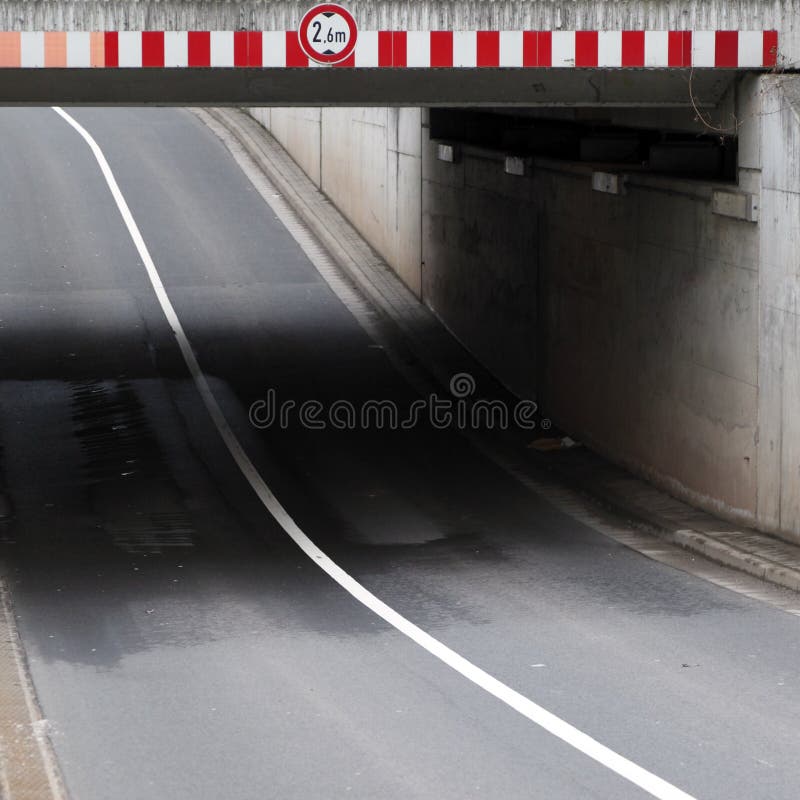
While tornadoes are most common in the central part of the U.S. You are safer in a low, flat location than under a bridge or highway overpass.
#Highway underpass tornado windows#
Put your head down below the windows and cover your head with your hands.Get into a vehicle and buckle your seatbelt.Get out immediately and go to the closest building or storm shelter.Stay away from corners, windows, doors and outer walls.If there is no basement, go to an inside room: a closet or hallway.Go to a safe room: basement, cellar, or the lowest building level.Build an emergency kit by downloading our checklist online at During a Tornado.Have an emergency communication plan in place for your family.Look for the following danger signs: dark, often greenish sky large hail large, dark, low-lying cloud formation or rotation or a loud roar similar to a freight train.Be alert to changing weather conditions and time in to NOAA weather radio, local media and social media for the latest information.Identify safe rooms or protective locations at home, school or work before a tornado threat arises so that you have a plan for where to go for safety when a tornado warning is issued.

TORNADO WARNING – TAKE ACTIONĪ tornado has been sighted or indicated by weather radar. Move close to a shelter or sturdy building in case there is a warning. Tornadoes may strike quickly, with little to no warning, causing extensive damage to structures and disrupting transportation, power, water, gas, communications and other services in its direct path and in neighboring areas. Lightening and hail are common in storms that produce tornadoes. What is a tornado?Ī tornado is a violently rotating column of air that extends from the clouds to the ground and is often, although not always, visible as a funnel cloud. (Note: The 2023 Virginia Statewide Tornado Drill is taking place Tuesday, March 7, at 9:45 a.m.


 0 kommentar(er)
0 kommentar(er)
